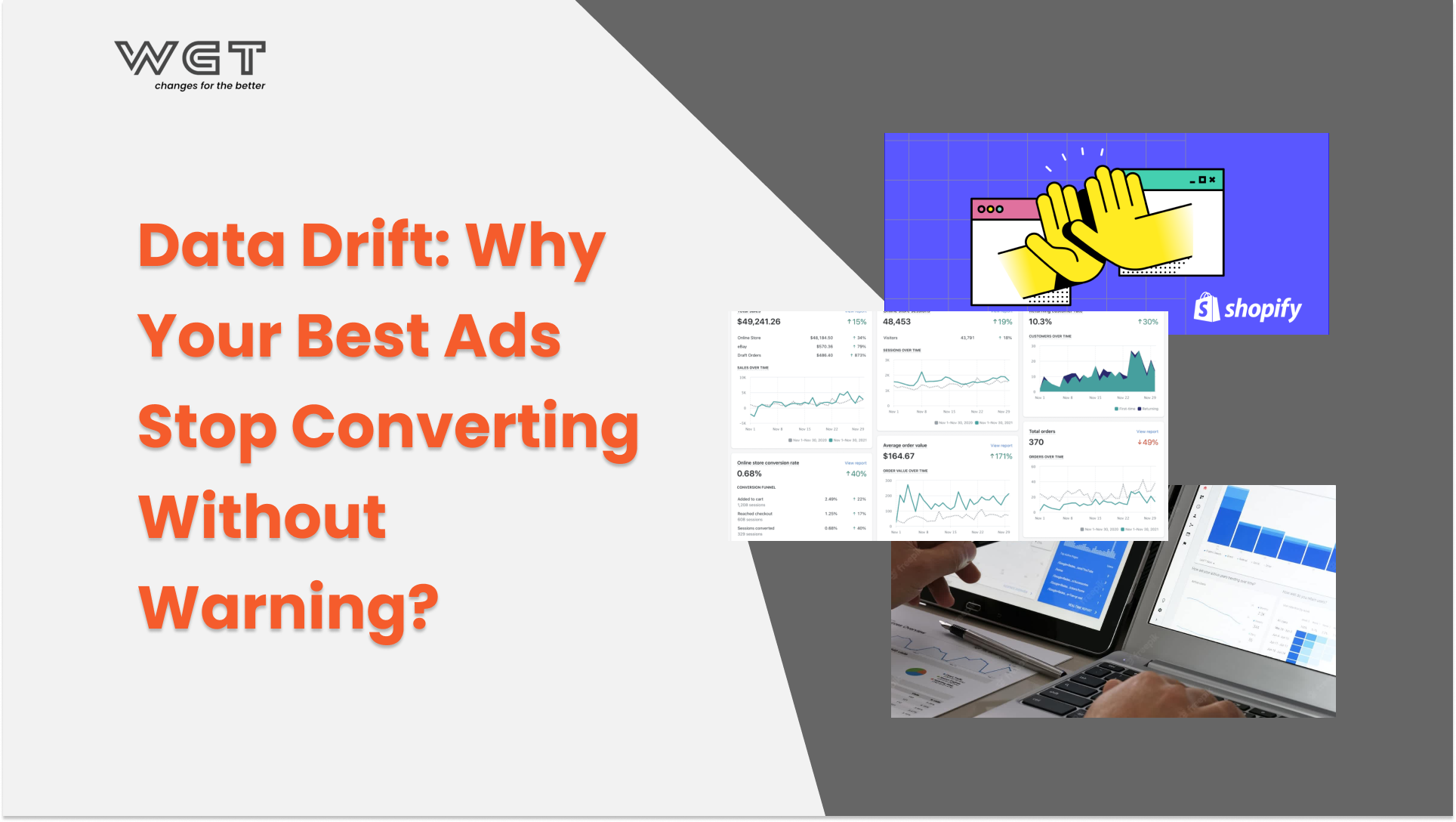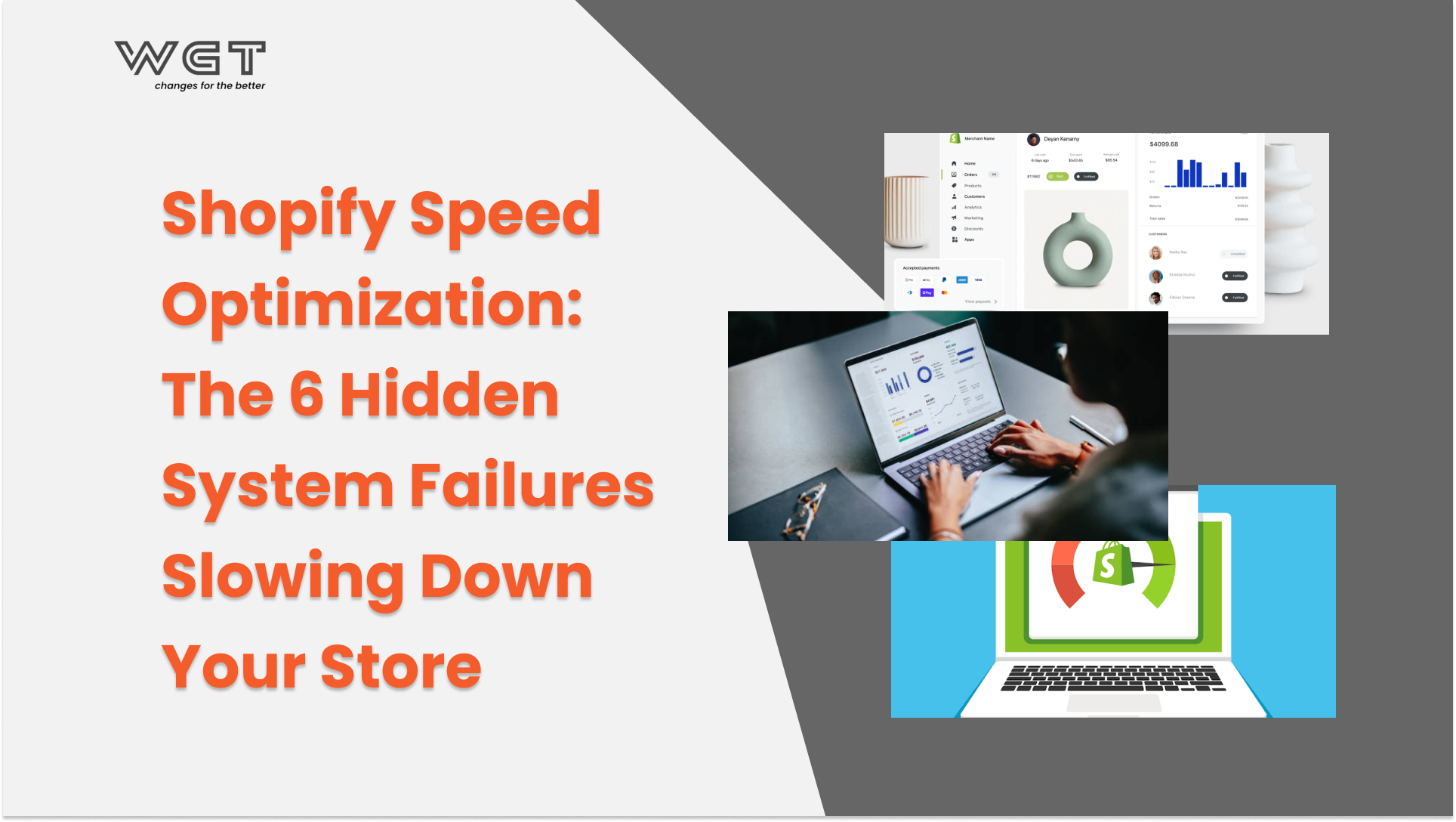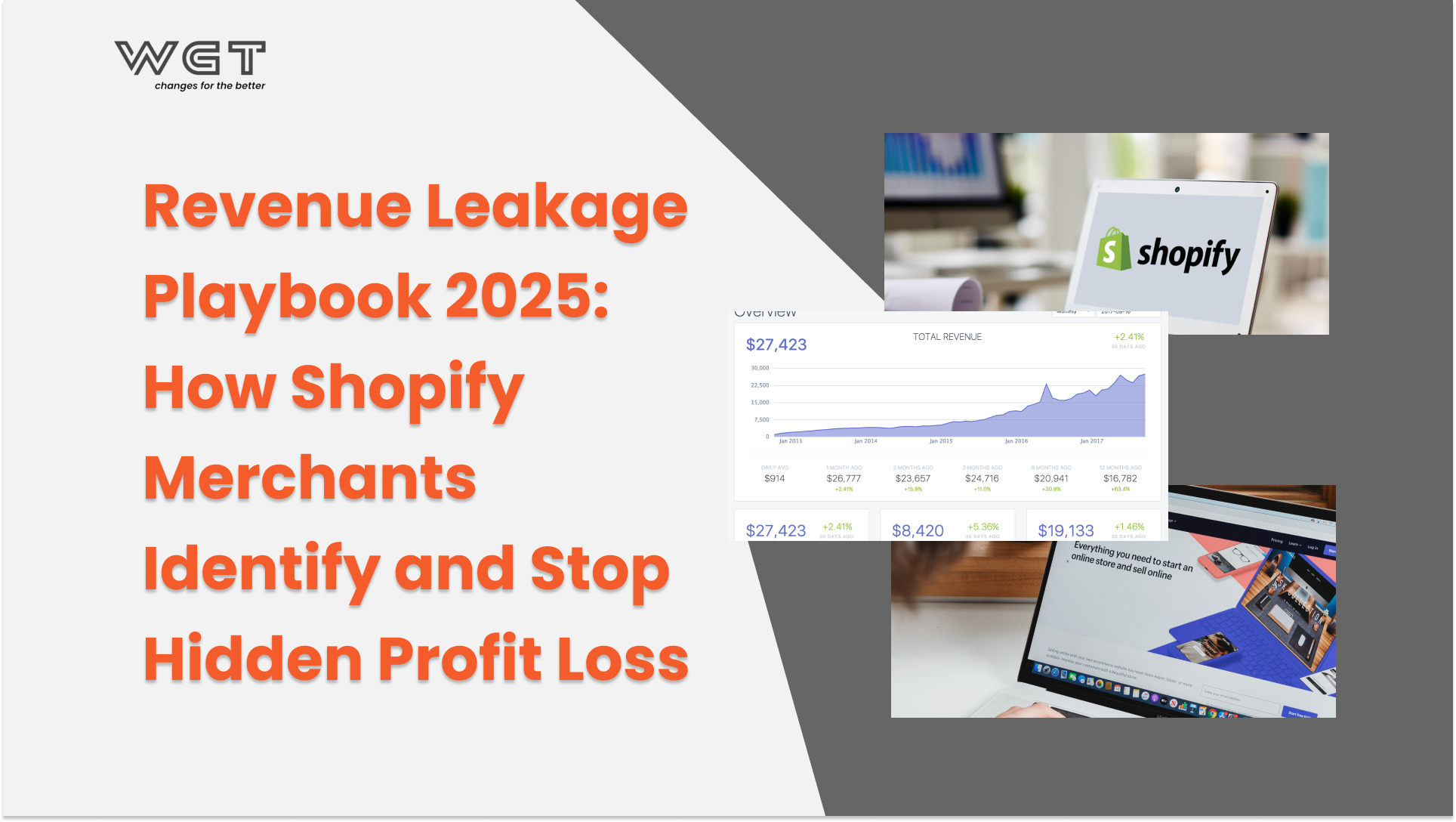
An increasing number of enterprise-level brands are transitioning between Magento Enterprise and Shopify Plus. Despite this trend, many businesses remain hesitant about switching platforms, largely due to the complexity of comparisons and limited information. To shed light on these prevalent perceptions, Wgentech has thoroughly analyzed the key distinctions between the two platforms and provided insights into the evolving e-commerce landscape.
A. Common features shared by Shopify Plus and Magento
1. Mobile Optimization
Both Shopify Plus and Magento excel in mobile optimization with unique advantages. Shopify Plus provides various responsive themes that automatically adjust to different screen sizes and devices, ensuring a consistent and visually appealing experience for mobile shoppers. Its pre-built templates and user-friendly coding language make it easy for retailers to create a mobile-friendly store without requiring advanced coding or design skills. In a similar vein, Magento makes certain that its themes and templates work seamlessly across mobile devices, allowing businesses to tailor their mobile experience to specific needs. Magento’s adaptability extends to progressive web apps (PWAs), which elevate the mobile experience with benefits like offline mode, quick performance, and the ability to be added to a user’s home screen, enhancing the overall mobile shopping experience.
2. Security & Reliability
Considering the security and reliability between Shopify Plus and Magento Enterprise Cloud, both platforms prove strong measures to ensure the safety and stability of their platforms.
Shopify Plus boasts a robust security infrastructure designed to protect customer data and transactions with SSL encryption and Level 1 PCI compliance. The platform provides frequent security updates and patches to guard against potential vulnerabilities, ensuring a secure environment for online businesses. To further enhance security, Shopify Plus includes features like fraud analysis, GDPR compliance for all Shopify sites, and maintaining high uptime and reliability for online stores.
Magento Enterprise Cloud also has a strong security system, with features such as two-factor authentication, data encryption, and security monitoring to protect against potential threats. As a cloud-based hosting architecture, up-to-date security features are proven to guarantee excellent performance, scalability, and dependability in a safe environment.
Both platforms provide robust security systems, but Shopify Plus emphasizes ease of use and automatic updates, making it ideal for businesses seeking hands-off security management. Meanwhile, Magento Enterprise Cloud’s customizable security settings cater to businesses needing more control and flexibility in their security measures.
B. Shopify Plus & Magento – What are the differences?
1. Hosting solution
Shopify Plus provides a fully hosted SaaS solution, which means that all hosting, server maintenance, and infrastructure management are handled by Shopify. This is a significant advantage for merchants who want to focus on business growth rather than technical details.
Unlike Magento, which requires businesses to secure their hosting, configure servers, and manage all aspects of the backend infrastructure, Shopify Plus offers a robust, out-of-the-box hosting environment that can seamlessly handle fluctuations in traffic and order volumes. Shopify’s infrastructure automatically scales to meet demand, ensuring high performance and reliability even during peak periods, such as holiday sales or flash promotions.
As an open-source platform, Magento does not come with built-in hosting; instead, businesses must choose their hosting provider, configure servers, and manage all aspects of performance, security, and maintenance. This setup allows for extensive customization and scalability, catering to specific needs like custom server configurations, specialized security measures, or complex integrations.
2. Customizing and development
Shopify Plus supplies a user-friendly environment with an intuitive coding language. Now that businesses find it easy to make changes according to their branding and design preferences, a vast library of themes and templates is also provided to customize for a visually appealing storefront.
However, Shopify Plus has limitations in checkout customization. While users can request access to the Checkout Extensibility file to adjust the appearance of the checkout page, the core payment process itself cannot be altered.
Additionally, the capability to create a custom report is a drawback of Shopify Plus’ as its analytics may fall short for larger businesses. According to Littledata, Shopify Plus fails to track 12 out of 100 orders, and its analytics capabilities are capped at 250,000 customers. Merchants also face challenges with real-time cross-domain tracking, limiting comprehensive data analysis.
Magento’s customization features are among its strongest assets, providing businesses with extensive flexibility to build highly tailored online stores. Magento allows complete access to its source code, enabling developers to modify nearly every aspect of the store’s functionality and design. This adaptability also extends to the backend, where businesses customize workflows, and integrate with third-party systems including highly specialized or localized solutions like iDEAL in the Netherlands, Bancontact in Belgium, and Razorpay in India that are not supported by Shopify Plus.
One standout feature is Magento’s integration with Magento BI (Business Intelligence), a cloud-based service that allows extensive customization of reports. This cloud-based service aggregates data from multiple sources like Google Analytics, ERP, and CRM systems, offering deep insights through tailored dashboards and advanced analytics—features that Shopify Plus does not offer without relying on third-party apps.
3. App & Extension
Shopify Plus focuses mainly on enhancing marketing and front-end apps with its extensive app ecosystem. Shopify Plus features a vast selection of over 6,000 apps and integrations tailored to support various business needs, including marketing automation, inventory management, accounting, and customer service. These tools are easy to integrate into online stores, allowing businesses to enhance their functionalities effortlessly without technical know-how. This user-friendly approach and quick implementation process make Shopify Plus a preferred option for merchants looking to streamline operations and focus on rapid growth.
Magento, on the other hand, emphasizes a broader range of customizations in back-end operations, logistics, and B2B functionalities. Magento’s marketplace features a diverse selection of extensions that concentrate on enhancing performance, managing complex catalogs, improving security, and offering advanced product customization. This robust ecosystem supports highly tailored business processes and operational control, making it appealing for larger enterprises with more complex requirements.
4. Payment gateways
Shopify Plus supports over 100 third-party payment gateways, including both direct providers (where customers can complete purchases directly on the store) and external providers (where checkout occurs on a third-party page). However, Shopify Plus doesn’t allow merchants to add unsupported or custom payment gateways that aren’t listed within Shopify’s available countries. For a detailed list of supported regions, refer to Shopify’s official help center.
Magento offers much greater flexibility when it comes to payment gateways. Merchants can choose from every payment provider, including PayPal, Stripe, Authorize.net, and other regional or industry-specific solutions not supported by Shopify Plus. Also, its open-source nature empowers businesses to create custom payment methods like configuring gateways tailored to unique needs, such as split payments, recurring billing, or complex multi-currency transactions—features that are often difficult to achieve with Shopify Plus.
5. Support team
Shopify Plus offers 24/7 priority support through phone, email, and live chat, which is a key advantage. Each new project gets a dedicated launch engineer to assist with setup, migration, and re-platforming. Account supervisors and a merchant success program are available to provide ongoing strategic advice.
Meanwhile, Magento relies heavily on community-driven support for its Open Source version, offering forums, extensive documentation, and third-party support options. For the paid Magento Commerce version, professional support is included but often requires additional help from third-party agencies or integrators for complex, ongoing technical needs. One significant limitation is that Magento users must manage platform maintenance themselves, which requires technical expertise or the involvement of developers.
C. When to choose Shopify Plus?
Shopify Plus is ideal for businesses that want a streamlined, hassle-free user experience. Its intuitive interface, quick setup, and comprehensive support make it perfect for those who prefer not to dive into the technical details.
If you’re a high-growth, high-volume merchant looking for a scalable solution with predictable costs and extensive built-in features, Shopify Plus is a great fit. The extensive app ecosystem and seamless integration with various sales channels make it an ideal choice for businesses looking to quickly broaden their reach.
D. When to choose Magento?
Magento is ideal for businesses needing extensive customization and control, such as large enterprises with complex operations, multi-region requirements, or specialized integrations. Companies with dedicated technical resources prioritize the Magento system to easily manage hosting, security, and custom development. In essence, Magento is best for businesses that have the capacity to support a more complex e-commerce platform.
E. Which platforms will lead the e-commerce market in 2025?
According to the latest data from BuiltWith, Shopify’s ecosystem, which includes Shopify Plus, boasts over 5.2 million active eCommerce websites as of March 2024, reflecting its widespread adoption among online retailers. Meanwhile, more than 150,000 eCommerce sites have adopted Magento. This strong popularity of Shopify naturally fosters positive growth for Shopify Plus, as businesses that start on Shopify may upgrade to Shopify Plus to access advanced features and scalability options.
The below stats by Google Trends compare the popularity of Magento vs. Shopify over the last ten years. Initially, Magento held a consistent level of interest, with a slight lead over Shopify. However, around 2018, there was a big shift. Shopify began to surge in popularity, overtaking Magento and continuing to rise steadily.
Regardless of which platform a business chooses, it is essential to choose a reliable and experienced partner for implementation and ongoing support. If you are looking for an eCommerce partner to build and grow their online presence successfully, Wgentech is an excellent choice with many years of experience deploying and developing eCommerce solutions such as Shopify and Magento.








